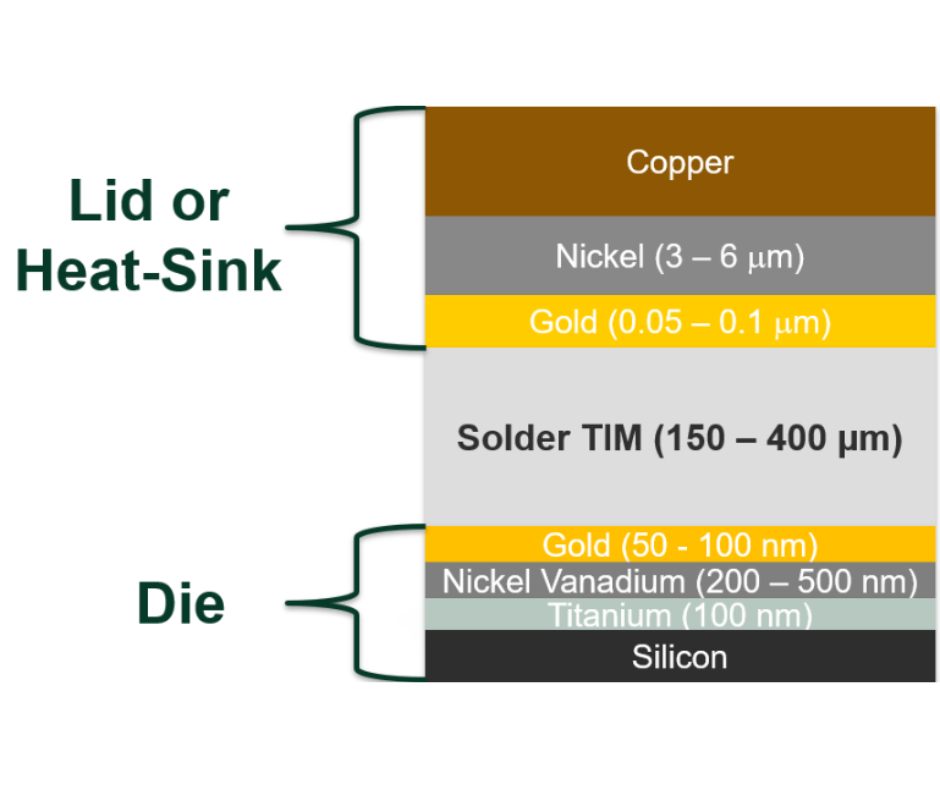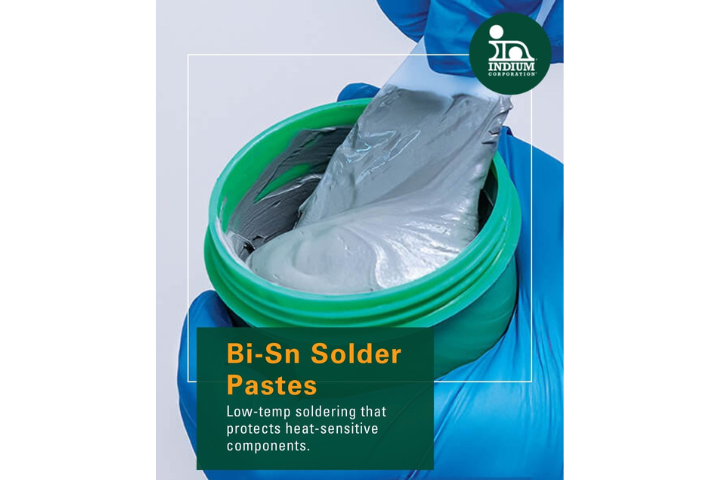Indium Corporation (I say "Indium Corporation": it's actually me and my colleague Tim Jensen) is in the middle of drafting a position statement on halogen-free electronics and semiconductor assembly materials. In talking to Tim, who is Indium's guru on all matters related to the drive towards halogen-free, we became rather confused by something that is missing in the debate.
We know that the current best method for preparing "halogens" in flux materials for quantitative analysis, is to convert the two different chemical types (ionic and covalent) to the ionic halide salts by using a so-called "oxygen bomb", whereby the material to be tested is placed in a metal chamber that is pressurized with oxygen and then heated. The residue in the chamber is then eluted with a known quantity of a halogen-free solvent (usually water), and analyzed. For the former boy scouts and girl guides amongst you, you will recall that burning a piece of wood leaves behind a lot of residual ash. Tim and I realized that there is something wrong with this if the material is a pure organic flux: which is a much simpler material than wood. For the non-chemists among you, this is the issue:
A standard organic flux material, as used in SMT, Semiconductor Assembly or Power Semiconductor Assembly, is a mixture of several different organic chamicals. It can be represented generically as:
C(a) H(b) N(c) O(d) Y(e), where C is carbon, H is hydrogen, N is nitrogen, O is oxygen and Y is a halogen (the usual ones of interest are chlorine, Cl, and bromine, Br). (a) to (e) are simple ratios.
If you then heat this in oxygen to the point of complete combustion (reaction with oxygen), the end products are therefore:
CO(2) , H(2)O, NO(2), residual oxygen gas (O(2) and …..some product from Y.
The assumption has always been that the Y will be a solid ionic halide, of form X(f)Y(g).
So what is "X" here, the metallic cation to balance the halide anion, "Y"? Whatdunnit? The simple answer is that it is probably a reaction with the inside of the metallic container, which is usually steel (so Cr or Fe or Ni could be correct). Other theories involving the acid formation (HY) are probably wrong, as the vapor pressure is too high.Theories aboutoxides of halogen alsodon't hold up to scrutiny, either because in YO(j), the Y halogenis in the wrong oxidation state (plus not minus) or they are unstable or a combination of both.
What do you think is going on here?
Cheers!
Andy



